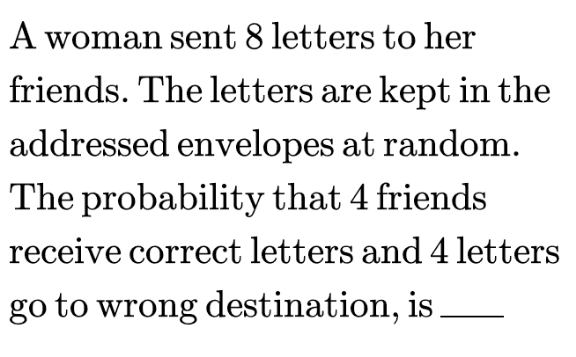
AllQuestion and Answers: Page 1039
Question Number 115472 Answers: 1 Comments: 1

Question Number 115489 Answers: 1 Comments: 0
Question Number 115459 Answers: 3 Comments: 0
Question Number 115455 Answers: 1 Comments: 1
Question Number 115449 Answers: 2 Comments: 0
Question Number 115439 Answers: 0 Comments: 1

Question Number 115438 Answers: 2 Comments: 0

Question Number 115436 Answers: 1 Comments: 0
Question Number 115429 Answers: 0 Comments: 9
Question Number 115418 Answers: 3 Comments: 1

Question Number 115417 Answers: 2 Comments: 0
Question Number 115464 Answers: 5 Comments: 0
Question Number 115408 Answers: 1 Comments: 0
Question Number 115405 Answers: 1 Comments: 0
Question Number 115404 Answers: 4 Comments: 0
Question Number 115403 Answers: 0 Comments: 0
Question Number 115399 Answers: 1 Comments: 0
Question Number 115397 Answers: 0 Comments: 0

Question Number 115396 Answers: 3 Comments: 0
Question Number 115401 Answers: 2 Comments: 0
$$\int\frac{\sqrt{\mathrm{x}}}{\mathrm{x}^{\mathrm{2}} +\mathrm{1}}\mathrm{dx}=? \\ $$
Question Number 115391 Answers: 1 Comments: 0
Question Number 115387 Answers: 0 Comments: 6

Question Number 115384 Answers: 1 Comments: 0
Question Number 115471 Answers: 0 Comments: 1
Question Number 115380 Answers: 2 Comments: 0
Question Number 115368 Answers: 1 Comments: 0
Pg 1034 Pg 1035 Pg 1036 Pg 1037 Pg 1038 Pg 1039 Pg 1040 Pg 1041 Pg 1042 Pg 1043
